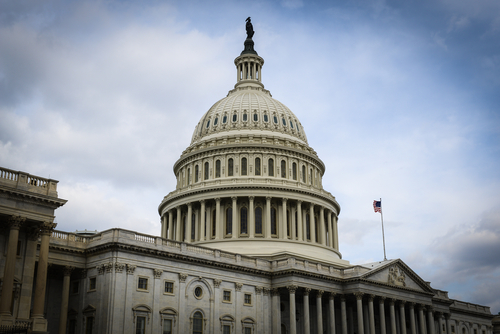
What the Government Shutdown Means for the Private Markets
For the first time in 17 years, the government is amidst a partial shutdown. Last night, Congress could not agree on a spending bill and temporarily lost its ability to spend money. For the uninitiated, here are 66 questions and answers about the shutdown.
While the shutdown seems critical, the implications on private — and even public markets — are still fairly negligible. While consumer confidence and GDP may dip a few basis points, thanks to the “Uncertainty Tax”, it is highly unlikely the shutdown will create dramatic ripples in the private capital markets, especially if the shutdown only lasts a couple of days.
However, there are a few trends worth keeping an eye on — especially if the shutdown persists — like SBA-backed lending, medical devices taxes, IPOs, and the debt ceiling debate.
Some highlights and noteworthy trends are:
-
18th time: As it turns out, there have been 17 government shutdowns since 1977. With the exception of the Clinton-era shutdown, most have lasted only one to three days. The track record suggests that it is unlikely that this shutdown will last more than six or seven days — and investors shouldn’t worry.
-
But, this time might be different: “The biggest difference by far is that the last one was all about spending, and this one is not. It’s about policy,” said former North Dakota Sen. Byron Dorgan, who was in the Democratic leadership at the of the last shutdown. (WSJ)
-
Previous shutdowns didn’t really hurt public markets: “In the month prior to a government shutdown, the market gained 0.1 percent; it dipped 0.8 percent during a shutdown, and then bounced, gaining about 1.1 percent in the month following a shutdown.” (Reuters)
-
Implications for IPOs: With their offices closed, the SEC will stop reviewing registrations. This could serve as a serious challenge to the momentum that has built behind tech IPOs, especially as Twitter expected to file this week.
-
Lending could take a hit: The SBA released a report last Friday estimating 62% of its employees are subject to furlough. Depending on the duration of the shutdown, SBA-backed lenders may be paralyzed for a while. Only the Disaster Loan Program and Inspector General will continue.
-
Silver lining for medical devices: If the implementation of the Affordable Care Act is not delayed, the Democrats may offer up federal tax on medical device makers as an area of negotiation. As Cyrus Sanati explained, “That could be a boon for medical device makers, potentially saving them nearly $30 billion over the next 10 years”.
-
Other industries: While the medical device industry may be the most acutely impacted by the shutdown, heavily regulated industries — like energy, A&D, infrastructure, etc. — will also be potential points for negotiation. The combined impact of the shutdown and previous spending cuts will likely keep investors wary of the spaces.
-
Implications for Debt Ceiling: The challenges exposed in the shutdown do not create much confidence for the imminent debt ceiling conversation. Unlike shutdowns, if the debt-ceiling is breached, the United States is in uncharted territory. In worst case scenario, it could cause “a default on U.S. treasury bonds — bonds that are the safest assets in the financial system.” But that is weeks away.
